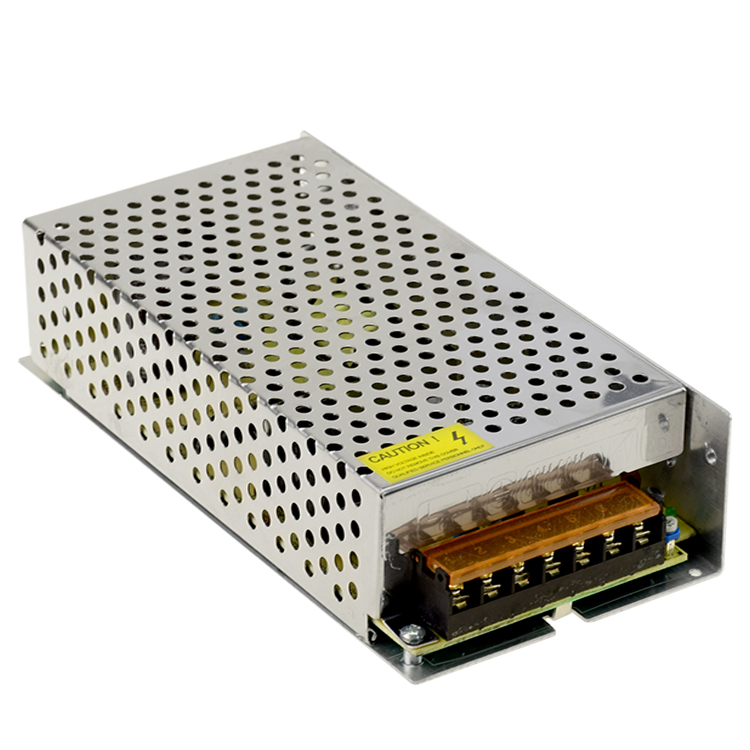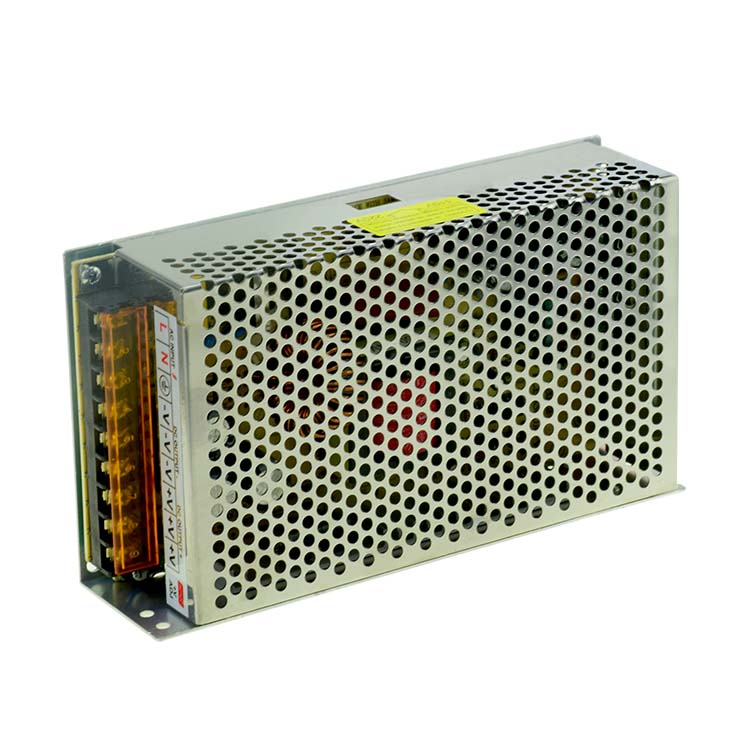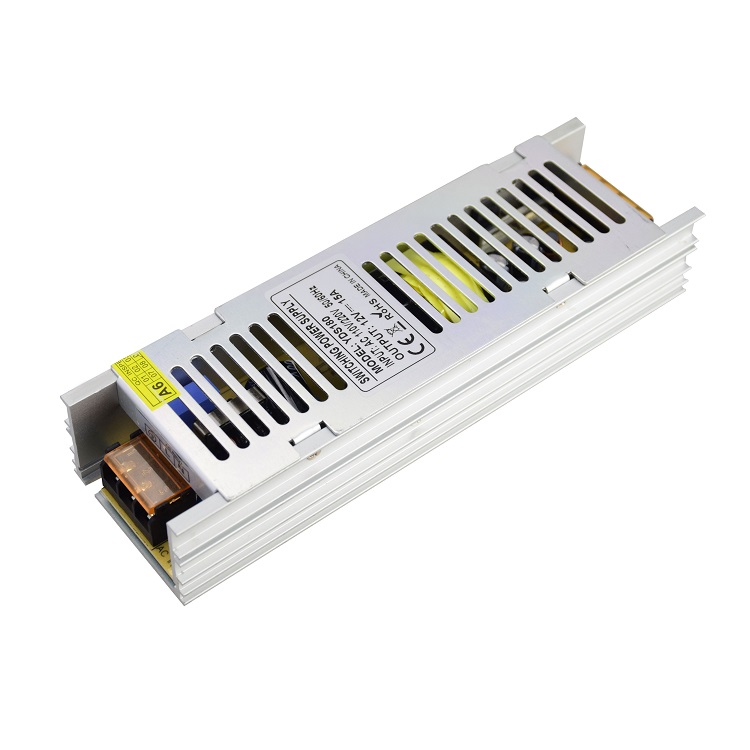High-speed submarine cable will connect the United States with Southeast Asian countries
Seven countries and regions in Asia have recently established a Cable club that is tasked with providing direct cable connections for Internet communications between growing Southeast Asian countries and the United States.
The club, which is mainly promoted by Malaysian telecommunications company, is about to build a submarine cable system with a total length of 20,000 kilometers called "Asian American Passage". The “Asian American Channel†will connect Malaysia, the Philippines, Singapore, Thailand, Brunei, Vietnam, Hong Kong and the US West Coast, and Guam and Hawaii will be responsible for the transit. Malaysia Telecom has signed a Memorandum of Understanding (MOU) with PLDT (Philippines), Singapore Star, CAT (Thailand), AiTi (Brunei), VNPT (Vietnam) and Hong Kong Hengtong (REACH) in early June 2006. Established a coalition to work together on the construction of submarine cables. Malaysia Telecom expects the “Asian American Channel†to be completed in early 2008, but did not disclose specific investment data.
It is reported that the minimum design capacity of the “Asian American Channel†is 1.28 Tbit/s. Malaysia Telecom's COOBaharum Salleh said the system was built to meet the growing demand for broadband services such as VoIP and video communications between Southeast Asian countries and the United States. Salleh said: "We want to have higher cable capacity, because with the upgrade of broadband services, the capacity of Asia-Pacific Cable Network 2 (APCN-2) is about to be consumed. For example, Malaysia's broadband communications are growing at least 20% annually. At this rate, by 2008, the communication capacity between Malaysia and the United States will be tight."
Salleh added that operators in Southeast Asia can choose other routes, such as the recently completed SEA-ME-WE-4 cable system, but this means that traffic is first sent west and then back to the US, which adds to the delay. . Salleh explained: "Enterprise users have higher QoS requirements, and we must try our best to shorten the delay. After establishing a direct circuit with the United States, the traffic between Malaysia and the United States will no longer need to transit through China and Japan."
Alan Mauldin, an analyst with TeleGeography, a Washington-based research institute, believes that the “Asian American Passage†is far-reaching because several countries involved are facing a contradiction between the surge in broadband traffic and limited international bandwidth, and there is currently no direct access to the United States in these countries. Cable channel. Mauldin told Asia Telecom: "The countries involved in the alliance do not use Asia Netcom's EAC or C2C, and the FLAG North Asia fiber optic ring system, so most of them lack high-capacity cable connections."
Mauldin said that the "Asian American Channel" may bring a new round of segmentation of the transpacific cable connection market. He said: "At present, only the VSNLTranspacific and PC-1 companies in the North Pacific are active in the cable connection market, and their lines are located between Japan and the United States. If there is a third alternative route, then many will want to circumvent Japan's operators constitute a very attractive attraction.†Malaysia Telecom's Salleh agrees. He believes that the “Asian American Channel†has improved communication capabilities between Malaysia and Asia, Africa and Europe.
In Salleh's view, the “Asian American Passage†was very successful in the form of a club, which means that the seven partners are completely equal in the use of submarine cables, and there is no prioritization. He also pointed out that unlike the Internet boom in the delusion six or seven years ago, this capacity demand is a reality. He said: "People's demand for broadband services, especially for triple-play services and VoIP services, is growing rapidly, which will make full use of broadband capacity. A few years ago, we provided E1 interfaces for broadband services, now even secondary customers At least the STM-1 interface is required, and the larger customers are talking about STM-64, not just STM-16."
An unresolved question is how to charge. At present, the price per bit of broadband cable in the international market is still falling, and the “Asian American Channel†is not the only trans-Pacific cable with a capacity of terabit. It is also facing competition from other cables of the same quality, such as VSNLTranspacific and China Netcom recently announced the launch of the Trans-Pacific Fast Cable. Under such circumstances, whether the "Asian American Channel" can achieve better profits is still unknown.
The authenticity of this information has not been confirmed by the international electrical network, for your reference only.

single output led switching power supply, also known as switching Converter, is a high-frequency power conversion device. LED power supply with small-size, lightweight and efficient features are widely used almost all of the electronic equipment.
For this item, followed are the Features:
1. Universal AC input/Full range
2. Protection: Short circuit/Overload/Over Voltage
3. Cooling by free air convection
4. 100% full load burn-in test with 3-5 hours
5. No load power consumption < 0.5W
6. High efficiency, long life and high reliability
7. One year warranty
LED switching power supply is widely used in LED display (monochrome door screen, full color screen), LED lighting (LED lamps, LED street lights), LED module (guardrail tube, wall washer, advertising light box). Normal voltage of smps power supply is 5V, 12V, 24V, 36V, 48V, the maximum power is 400W, 480W,600W,720W,840W,960W.



LED Power Supply,LED Light Power Supply,Current LED Power Supply,Dimmable LED Power Supply
Shenzhen Yidashun Technology Co., Ltd. , https://www.ydsadapter.com